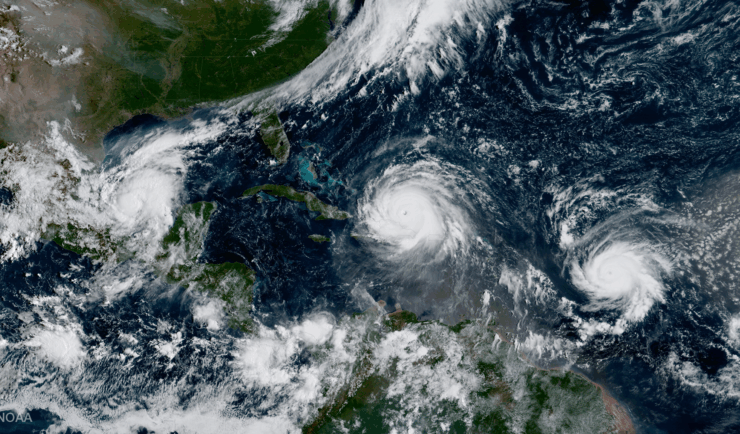- Community Spotlight
- Environmental Resource Assessment & Management
Praise for Spatial Modeling Work

Congratulations to our staff who helped support the Gulf of Mexico wind spatial modeling work!
Through our contract with the National Oceanic and Atmospheric Administration’s (NOAA) National Centers for Coastal Ocean Science, this team is helping to lay the groundwork for the new Wind Energy Spatial Modeling Program as offshore wind continues to gain momentum. Our team worked closely with the client, the Bureau of Ocean Energy Management (BOEM), and the Southern Shrimp Alliance (who represents the largest fishery in the Gulf of Mexico) to model and understand how offshore wind will affect fisheries. This project has been proven successful, and the framework is now being applied to four more regions, with additional models planned for the future.
The Southern Shrimp Alliance sent praise to the Administrator of NOAA and the Director of BOEM for our team’s attention to detail, responsiveness, innovative methods, and spatial modeling talents.
Great job, everyone!
See More CSS Community Spotlight

Supporting Hurricane Preparedness and Response
June 1 marks the beginning of hurricane season, but CSS employee owners work throughout the year to help communities prepare for and respond to hurricanes year-round. Through several contracts, CSS helps clients develop tools and content and manage data to provide resources communities and decision-makers can use for hurricane preparedness and response. Explore a few…

Advancing Severe Weather Predictions with Artificial Intelligence
As artificial intelligence (AI) and machine learning (ML) technologies evolve in Earth sciences, CSS employee owners (formerly Riverside staff) are growing our expertise in this field. CSS employee owners are advancing technologies for our client, NOAA’s Center for Satellite Applications and Research (STAR). Our staff have developed a framework, exploiting modern AI/ML techniques, to rapidly…

Training Marine Mammal Programs to Use Drones to Collect Dolphin and Whale Respiratory Health Data
CSS employee owner and Marine Mammal Drone Specialist supports NOAA’s National Centers for Coastal Ocean Science (NCCOS) Marine Mammal Health Assessment team with collecting respiratory health data from marine mammals in local waterways. Using specialized drones equipped with petri dishes provides a non-invasive method to collect exhaled breath (i.e. blow) samples from dolphins and whales.…
